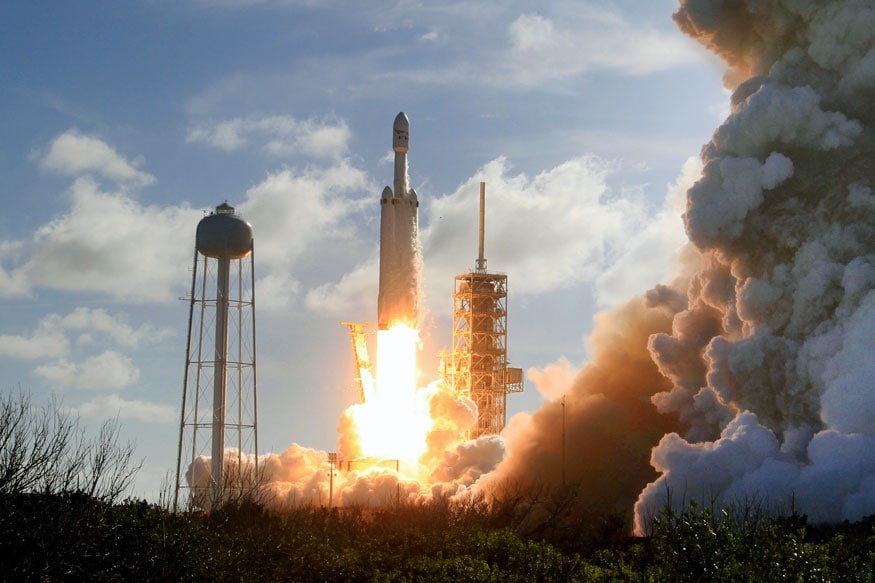SpaceX Falcon 9 Rocket Carrying AI Robot Cimon Reaches Space Station
The spacecraft lifted off on a Falcon 9 rocket on June 29 from Cape Canaveral Air Force Station in Florida.

Space X Falcon 9 Rocket Carrying AI Robot Cimon Reaches Space Station (photo for representation, image: AP)
A SpaceX Dragon spacecraft loaded with about 2,600 kg of research materials and supplies, including an Artificial Intelligence (AI) robot named Cimon, reached the International Space Station on Monday, NASA said. The spacecraft lifted off on a Falcon 9 rocket on June 29 from Cape Canaveral Air Force Station in Florida. "Capture confirmed! Dragon now attached to the Space Station robotic arm," SpaceX tweeted on Monday.
Also Read: NASA Scientists to Use Submarines to Hunt For Meteorite Remains
NASA astronauts Ricky Arnold and Drew Feustel captured the Dragon spacecraft using the space station's Canadarm2 robotic arm, the US space agency wrote in a blog post. Among the research arriving on Dragon is a cellular biology investigation (Micro-12) to understand how microgravity affects the growth, gene expression and ability of a model bacterium to transfer electrons through its cell membrane along the bacterial nanowires it produces.
Also Read: Huawei Might Revive The Honor Note Series With a 6.9-inch Display Honor Note 10
Such bacteria could be used in microbial fuel cells to make electricity from waste organic material. An Earth science instrument called the ECOsystem Spaceborne Thermal Radiometer Experiment on Space Station (ECOSTRESS) will provide a new space-based measurement of how plants respond to changes in water availability. This data can help society better manage agricultural water use.
The spacecraft's occupant also included a robot named Cimon, short for Crew Interactive Mobile Companion. The pilot study with Cimon is a technology demonstration project, and an observational study that aims to obtain the first insights into the effects on crew support by AI, in terms of efficiency and acceptance during long-term missions in space
Also Read: NASA Scientists to Use Submarines to Hunt For Meteorite Remains
NASA astronauts Ricky Arnold and Drew Feustel captured the Dragon spacecraft using the space station's Canadarm2 robotic arm, the US space agency wrote in a blog post. Among the research arriving on Dragon is a cellular biology investigation (Micro-12) to understand how microgravity affects the growth, gene expression and ability of a model bacterium to transfer electrons through its cell membrane along the bacterial nanowires it produces.
The spacecraft's occupant also included a robot named Cimon, short for Crew Interactive Mobile Companion. The pilot study with Cimon is a technology demonstration project, and an observational study that aims to obtain the first insights into the effects on crew support by AI, in terms of efficiency and acceptance during long-term missions in space

No comments:
Post a Comment